Wire Ropes & Mine Hoisting
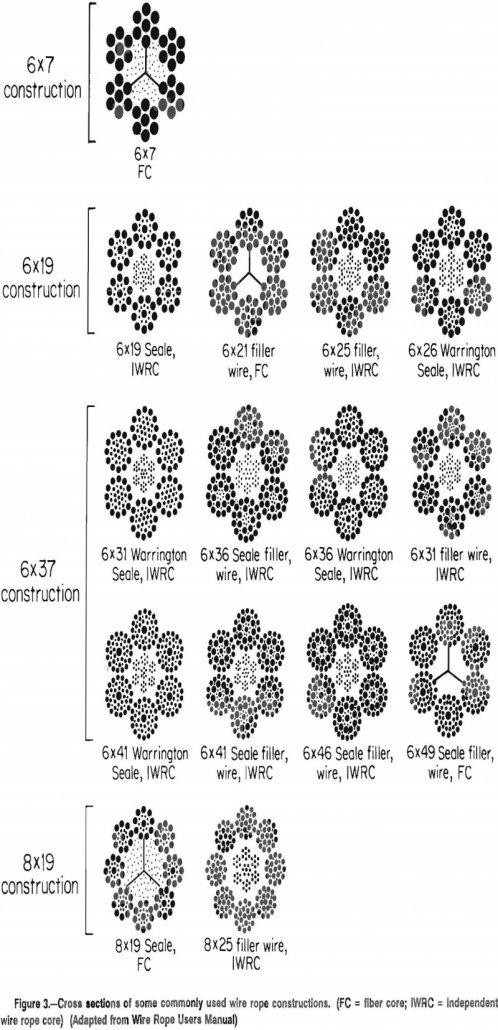
Although wire rope has been in use for over 100 years, it is a complex structure that is still not well understood. Wire ropes are made in diameters from less than 1/32 to more than 7 in and can have as many as 900 individual wires. The mining industry uses a lot of wire rope, […]
Biological Leaching of Manganese Ores
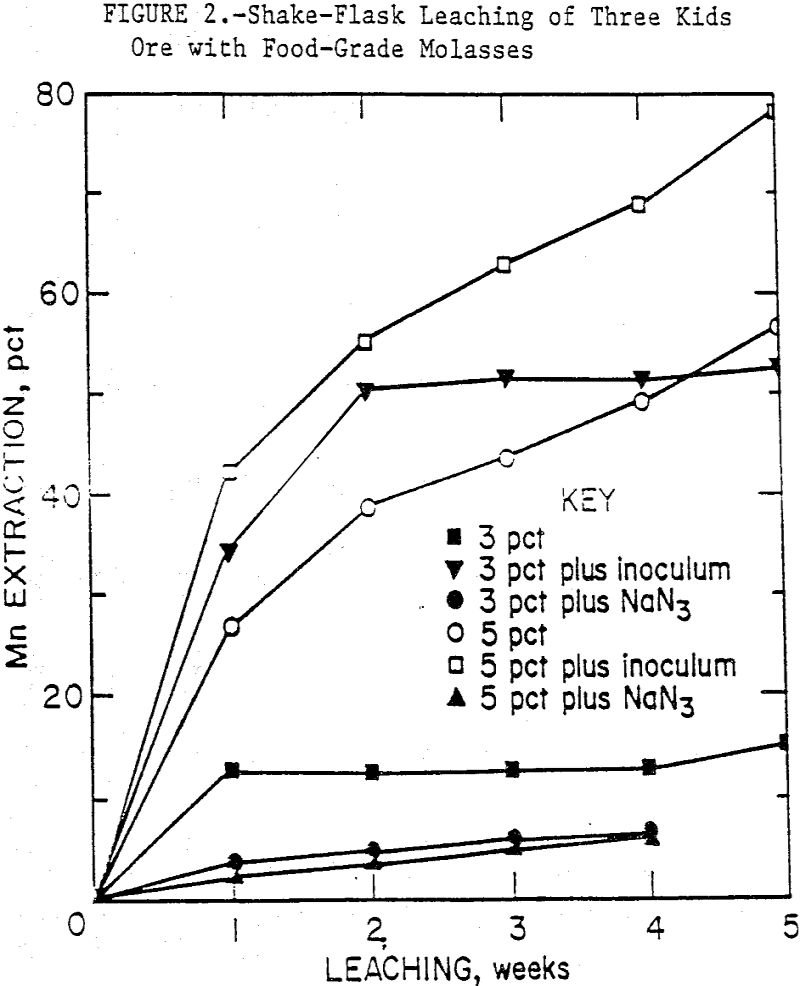
Biological leaching of low-grade ores has been gaining interest and acceptability in recent years. Sulfide ores, which are subject to oxidation of specific bacteria such as Thiobacilli, are being bioleached commercially. Other ore types, especially oxides and silicates, have been examined for their leachability by microorganisms. Ehrlich (1980), Holden and Madgwick (1983), Groudev (1987), and […]
Selective In Situ Leach Mining of Manganese Ores
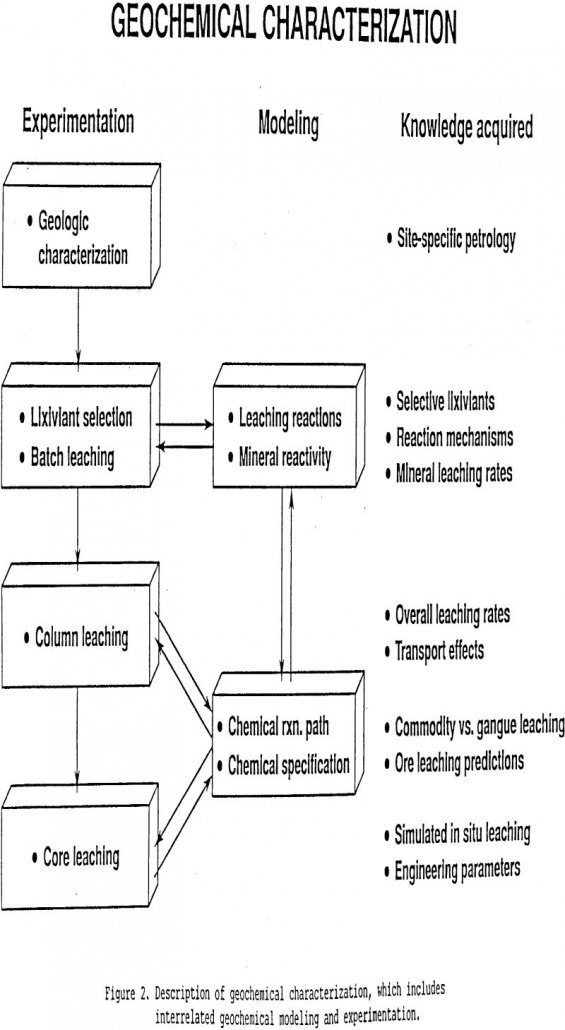
The Bureau of Mines is conducting research to develop cost effective, environmentally compatible advanced mining technologies for the selective extraction of critical and strategic metals. Critical and strategic metals (e.g. manganese, cobalt, and chromium) are essential to domestic steel, aerospace, electronic and defense-oriented industries. The United States no longer has high-grade deposits of these minerals […]
Thiol Type Collectors Adsorption Mechanisms
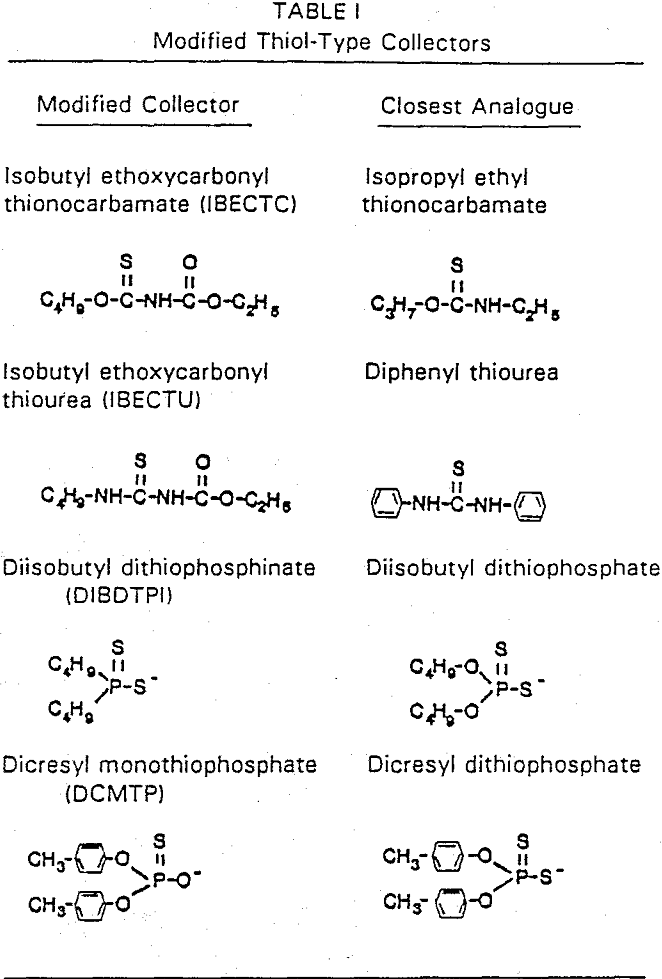
The formation of metal xanthate can be considered to comprise an initial electrochemical reaction (E), MS → Mn+ + nS° + ne……………………………………………………………[1] followed by a chemical reaction (C), Mn+ + nX- → MXn………………………………………………………………..[2] Thus, the xanthate adsorption mechanism is controlled by both Eh and pK, and consequently, one can expect that the same may be applied to […]
Unsaturated Setting Affects in Situ Copper Leaching
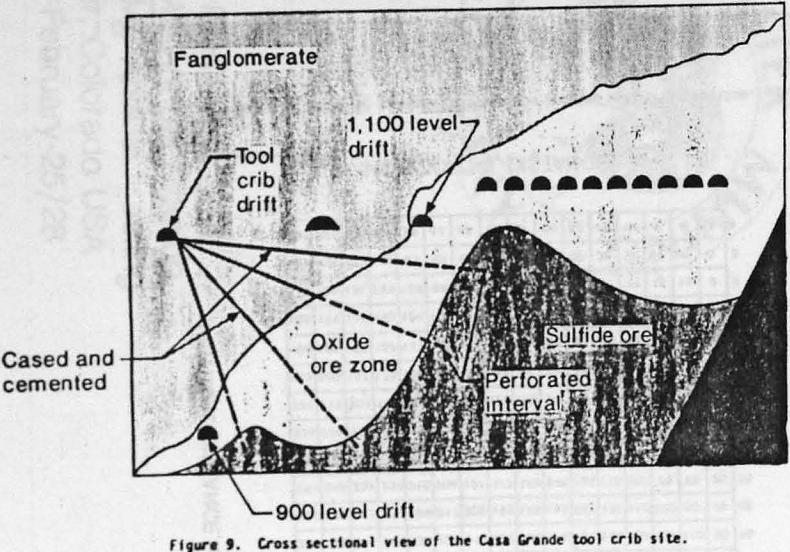
Hydraulic properties and characteristics of copper ore associated with the Casa Grande deposit at the Casa Grande mine are investigated by the Bureau of Mines to assess permeability and its impact on flow capacity during in-place, copper leaching operation. The copper ore is a heterogeneous, unsaturated, and fractured medium in which the permeability is dominated […]
How Froth Affects Column Flotation
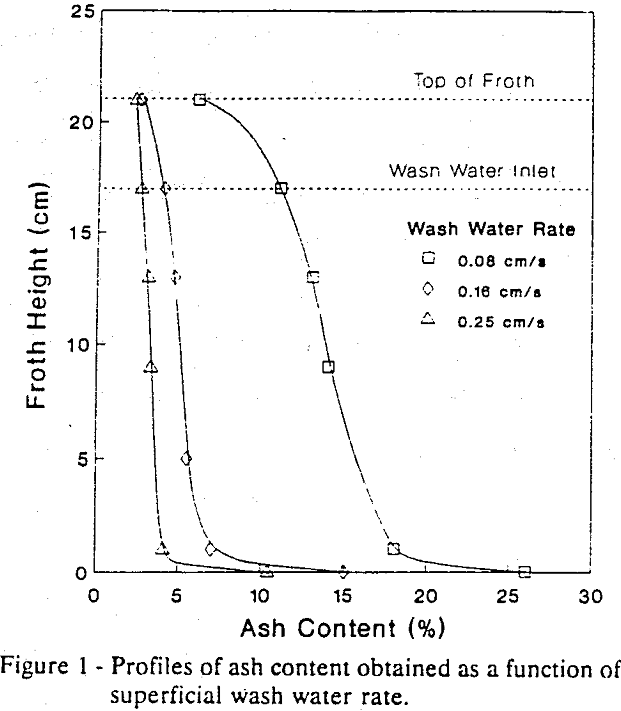
The importance of the froth phase in establishing flotation performance has long been recognized. If the froth phase is insufficiently stable, mineralized bubbles which enter the froth layer rupture prematurely, causing valuable particles to drop back into the pulp. On the other hand, too stable a froth may result in nonselective entrainment of excessively large […]
Hydrophobic Coagulation
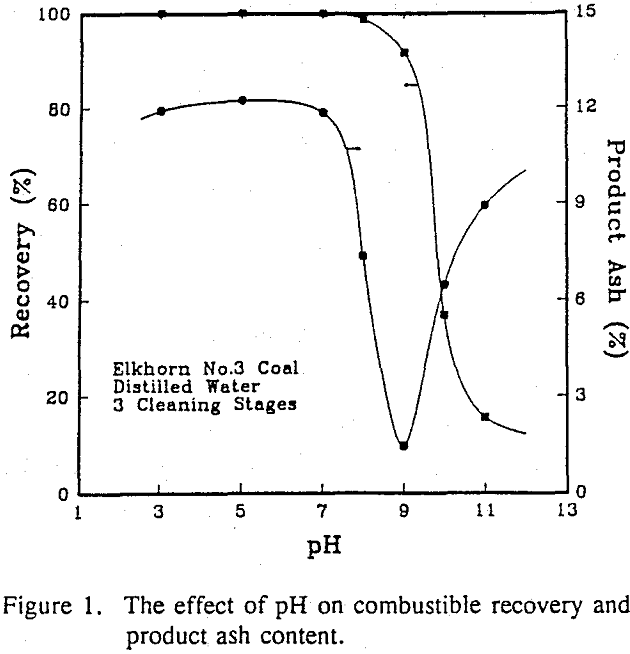
A novel ultrafine coal cleaning process has been developed at Virginia Tech that is capable of producing superclean products. Compared to other selective aggregation processes, such as oil agglomeration and selective flocculation, this process relies on the natural hydrophobicity of the coal surface to induce the selective coagulation of coal particulates in an aqueous suspension. […]
Improve Flotation Kinetics by High Intensity Agitation
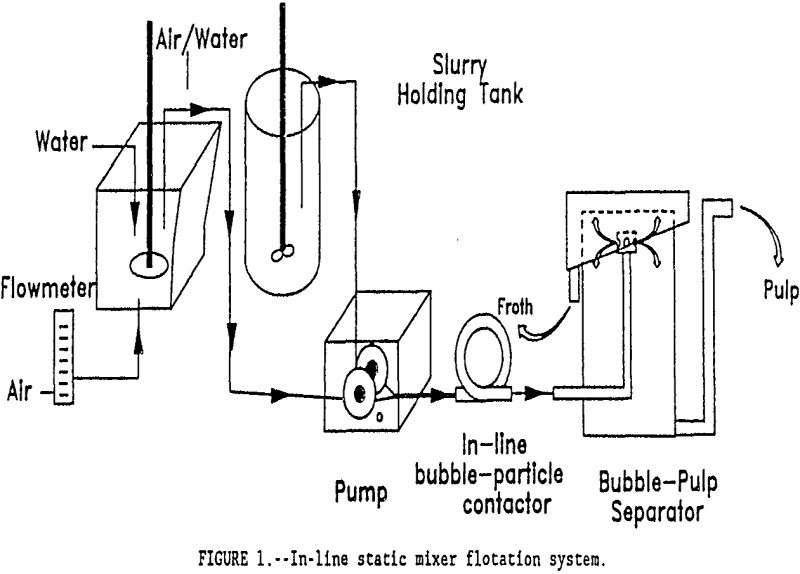
Flotation is the most widely used beneficiation technique in the minerals industry. The kinetics of flotation is governed by the rates of bubble-particle attachment and bubble-pulp separation. Both processes interact significantly in a conventional flotation unit operation, making it virtually impossible to optimize one of the processes without sacrificing the effectiveness of the other. In […]
How to Determine Mineral Liberations by Image Analysis
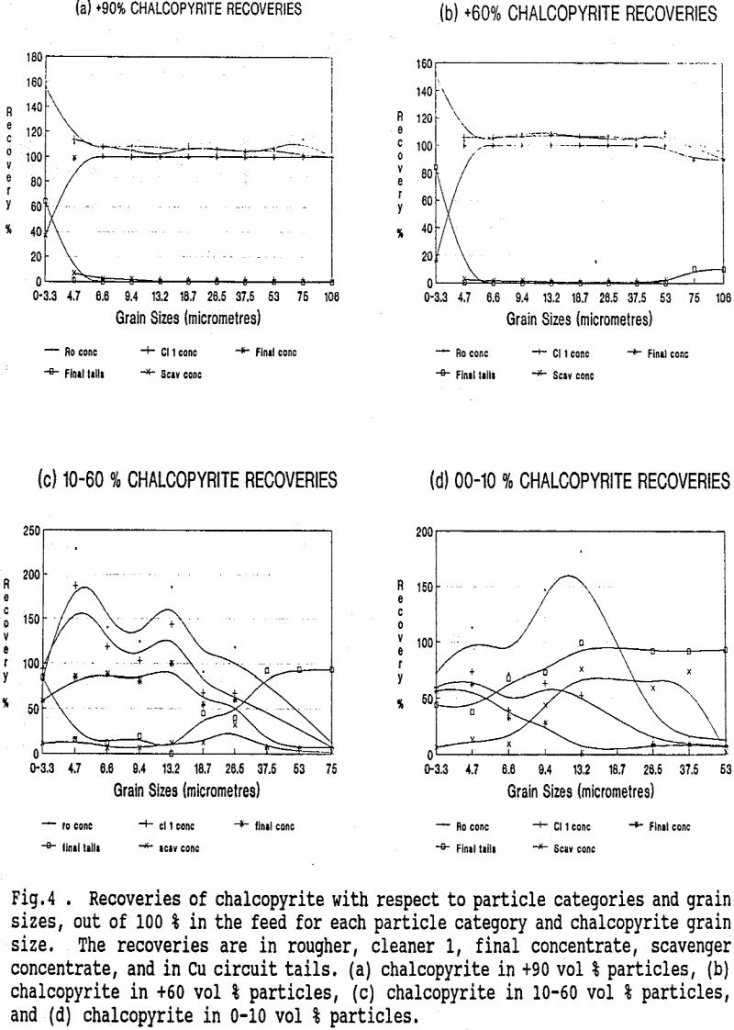
Evaluations of mineral beneficiation circuits and concentrators require information on mineral liberations, on mineral recoveries and on behaviours of liberated and partly liberated mineral grains. A qualitative evaluation of mineral, liberations can be made by examining polished sections of ores with an optical microscope, but the data are not accurate enough to calculate mineral recoveries […]
Volcanogenic Massive Sulphide Deposit
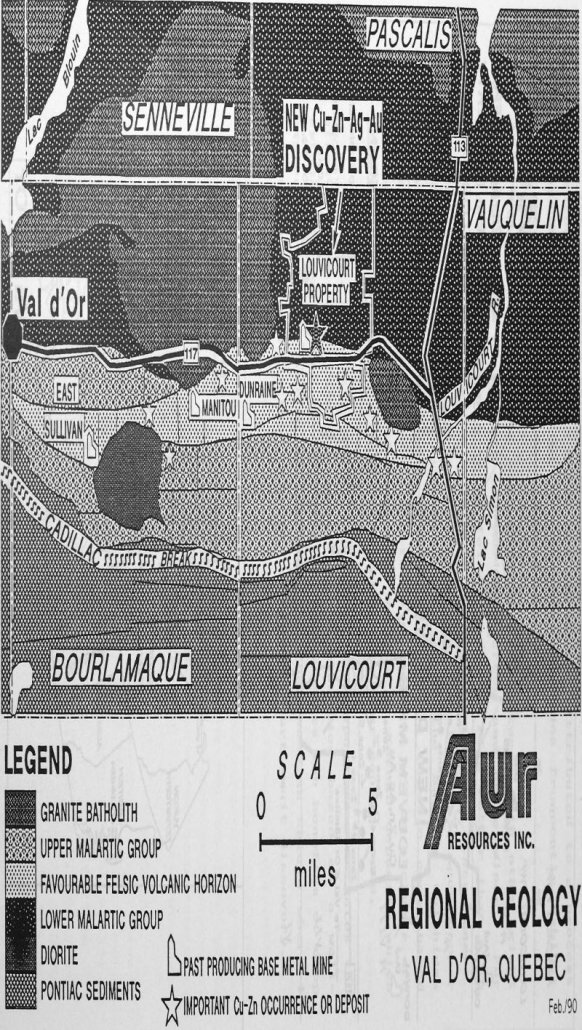
The Louvicourt deposit is proving to be a very large one. Reserves now stand at approximately 30 million tons and, more importantly, the deposit contains some impressive widths of exceptionally high grade Cu-Zn-Ag-Au mineralization that should ensure its profitability in virtually any future metal price scenario. Regional Setting The Louvicourt deposit is located approximately 15 […]
